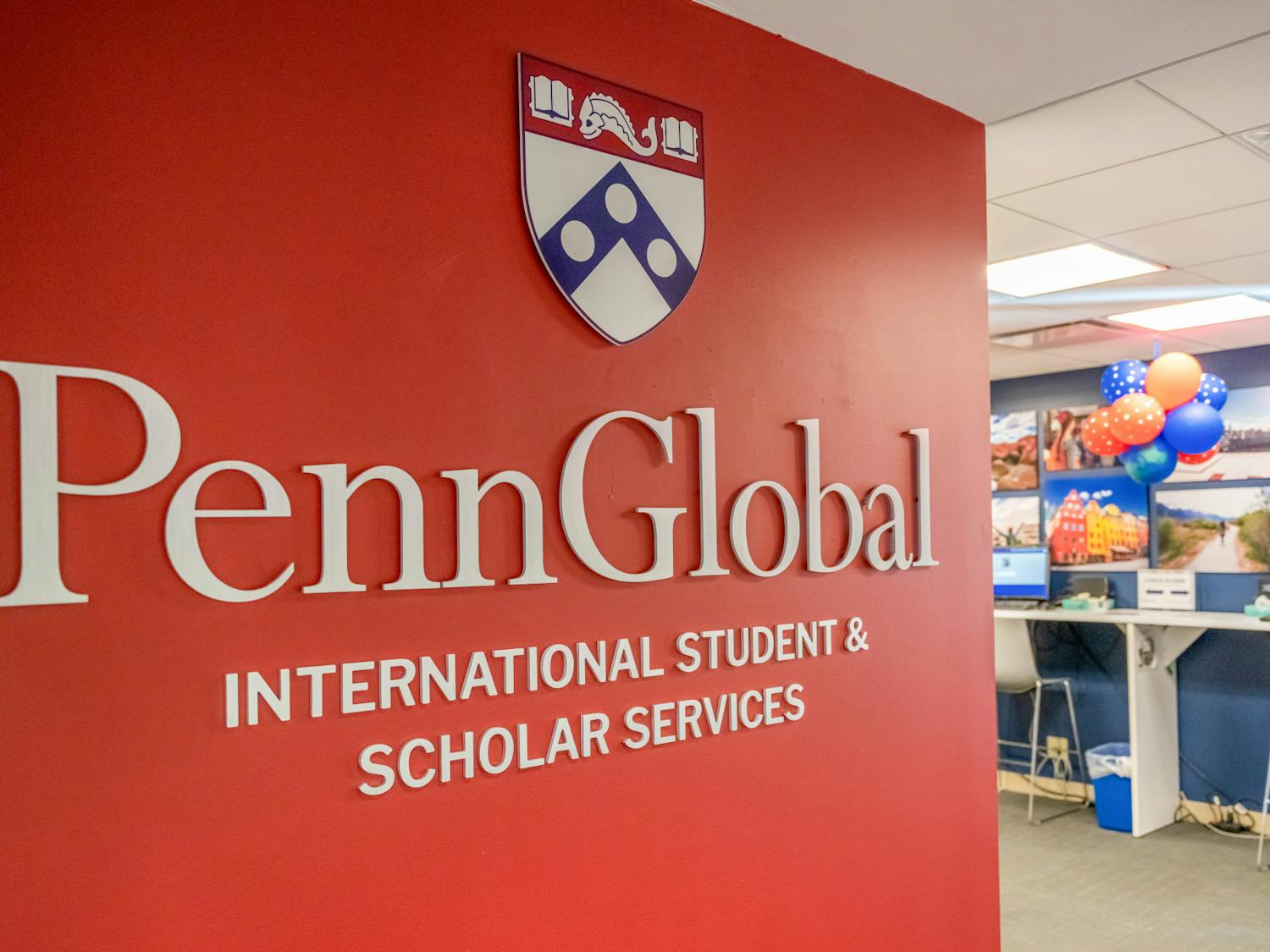Penn dropped to No. 10 in the 2024-2025 U.S. News & World Report's annual Best National University rankings, aligning with The Daily Pennsylvanian's earlier reporting of a preliminary rankings copy.
Penn's current rank — which was officially announced on Sept. 24 — is four spots lower than last year, and the lowest spot it has held since 1997. Penn's average cost of attendance increased from last year, the most notable change from the 2023-2024 rankings.
Penn’s annual average cost after aid has nearly doubled to $26,138 from $14,851 last year, according to the rankings. Average costs for family incomes increased across all tax brackets. Additionally, the average debt at graduation increased from $27,705 to $28,497.
In a statement provided to The Daily Pennsylvanian after this article was published, Penn Director of Finance Administration & Communications Paul Richards said that the $14,851 figure represents the average cost for the 2020-2021 school year and is lower "because students did not live on campus with meal plans for the Fall 2020 semester due to COVID-19."
Richards added that the $14,851 price is an overstatement of the drop given that it incorporates fall 2020 semester charges and not spring 2021 semester charges, which saw the return of housing and dining costs.
"The bottom line is that there is not an unexplained doubling of net costs from last year to this year," Richards wrote. "In fact, if you factor in inflation and hold the dollar value constant, the average net cost to attend actually decreased since Penn launched its no-loan financial aid initiative back in 2008."
Undergraduate enrollment increased slightly to 9,995 — from last year’s count of 9,760 — with graduate enrollment remaining roughly equal. Minority enrollment increased slightly from 51% to 53%.
In percentages consistent with last year's rankings, the four-year graduation rate is 88%, and 59% of classes have fewer than twenty students.
Penn falls to lowest U.S. News ranking since 1997 while Princeton, MIT notch top spots
Jack Lakis | What we can learn from Penn’s college ranking
The reported student-to-faculty ratio has remained the same, at 8:1, since 2022. Higher education experts previously told the DP that a low ratio can help universities rank higher.
The number of fraternities and sororities has sharply declined. Last year’s ranking reported 33 fraternities and 15 sororities, but these numbers are now down to 25 fraternities — almost 25% fewer — and 14 sororities.
Princeton University occupied the No. 1 spot, followed by the Massachusetts Institute of Technology in No. 2 and Harvard University in No. 3. The officially rankings are consistent with the preliminary list reported and obtained exclusively by the DP earlier this month.
Editor's note: This article has been updated to include a statement from Penn Director of Finance Administration & Communications Paul Richards.









